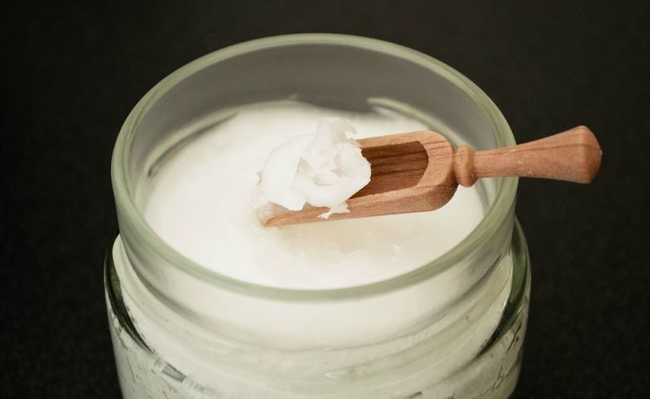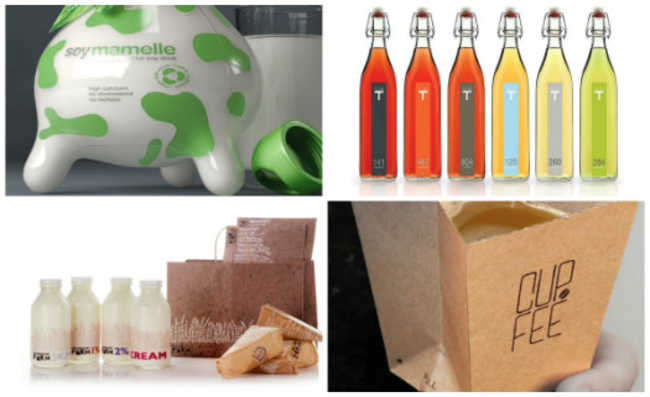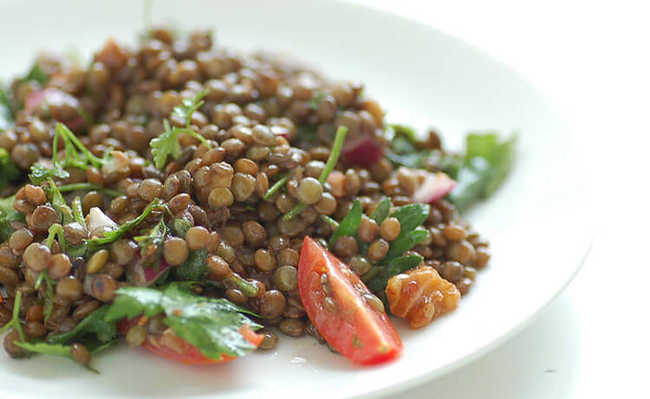Nine Calcium-Rich Foods That Are Not Dairy
Did you know that kale, tofu and lentils are foods rich in calcium? Check out even more options

Arugula: dark green vegetable rich in calcium and low in oxalate
Calcium is very important for health. It is, of all minerals, the one present in the body in the greatest amount, as it makes up a large part of bones and teeth and plays a role in heart health, muscle and nerve function.
The recommended daily intake of calcium is 1,000 mg per day for most adults, although women over 50 and all over 70 should receive 1,200 mg per day, while children and young people ages 4 to 18 should consume 1300 mg.
However, a large percentage of the population cannot meet their calcium needs through their diet, according to the study. In addition, most people believe that calcium can only be obtained from animal milk and its derivatives.
Elderly people with osteoporosis problems, for example, increase their milk intake believing that they are improving calcium absorption. However, consuming too much milk of animal origin can have the opposite effect and damage the bones. Understand this theme better in the article: "Is milk bad? Understand".
In other cases, there may be people who have lactose intolerance or allergy and are confused about how to meet their calcium requirements. There are also people who adhere to the vegan philosophy or who prefer to avoid consuming milk and dairy products for other reasons.
Check out nine non-dairy calcium-rich foods:
1. Seeds
Seeds are very nutritious. Some are rich in calcium, such as poppy and sesame seeds.
- Sesame Benefits
- Benefits of chia and what is it for
- What are iron rich foods?
One tablespoon of poppy seeds contains 126 mg of calcium, or 13% of the RDI Recommended Daily Intake. A tablespoon of sesame seed, in turn, provides 9% of the RDI of calcium, in addition to other minerals including copper, iron and manganese.
Tahini, which is a paste made from crushed sesame, is the second largest source of calcium that exists (after algae), in addition to being an excellent source of protein, fiber, copper, manganese, methionine (amino acid) and omega-3 and omega-6.
If you want to consume sesame milk, just mix the tahini with a little water and mix. It will have the consistency of milk and can be used with chocolate milk, coffee, cake recipes, creams, etc.
But only mix water in the amount of tahini you are going to consume right away, as it makes the tahini go bad earlier. To learn more about tahini, take a look at the article: "What is tahini and its benefits".
2. Beans and lentils
Beans and lentils are rich in fiber, protein and micronutrients. They also have a lot of iron, zinc, folate, magnesium and potassium. And some varieties are also calcium-rich foods.
However, winged beans top the table - a single cup (172 grams) of cooked winged beans provides 244 mg of calcium, or 24% of the RDI.
White beans are also a good source, with one cup (179 grams) of cooked white beans providing 13% of the RDI. Other bean and lentil varieties have less, ranging from about 4 to 6% of the RDI per cup (sources: 1, 2, 3).
Interestingly, beans are considered one of the reasons why vegetable-rich diets are so healthy. Research suggests it may help lower "bad" LDL cholesterol levels and reduce the risk of type 2 diabetes. climate friendly, if used as a meat substitute. Learn more about this topic in the article: "If US residents traded meat for beans, emissions would be drastically reduced."
- Beans: benefits, contraindications and how to do it
- Lentil: benefits and how to do it
3. Dark green leaves
Dark green leafy vegetables are incredibly healthy, and some of them, like kale and spinach, are calcium-rich foods. One cup (190 grams) of cooked kale provides 266 mg of calcium - one-fourth the amount needed in a day.
Note that some varieties are rich in oxalates, which are natural compounds that bind calcium, decreasing body absorption. Spinach is one of them. Therefore, although it has a lot of calcium, it is less available than calcium from other low-oxalate vegetables such as kale. A tip to improve the absorption of calcium from spinach is always to consume it sautéed or otherwise cooked, as the oxalate breaks down in the heat.
3. Almonds
Of all the oilseeds, almonds are among the richest in calcium - about 22 walnuts provide 8% of the calcium RDI. They also provide 3 grams of fiber every 28 grams, plus healthy fats and proteins, making them an excellent source of magnesium, manganese and vitamin E.
- Magnesium: what is it for?
- Your brain loves magnesium, but do you know it?
4. Rhubarb
Rhubarb has a lot of fiber, vitamin K, calcium and smaller amounts of other vitamins and minerals. It contains prebiotic fiber, which is good for the development of beneficial gut bacteria, according to the study.
- What are prebiotic foods?
Like spinach, rhubarb is rich in oxalates, much of the calcium is not absorbed. In fact, one study found that the body can only absorb about a quarter of the calcium in rhubarb.
On the other hand, because it has a very high amount of calcium, even if only 25% is absorbed (from a cup of cooked rhubarb), 87 mg of calcium will still be absorbed.
6. Amaranth
Amaranth is a highly nutritious pseudocereal. It is a good source of folate and very rich in certain minerals, including manganese, magnesium, phosphorus and iron.
One cup (246 grams) of cooked amaranth beans provides 116 mg of calcium, which represents 12% of the RDI. Amaranth leaves contain even more - 28% of the RDI per cup of cooked amaranth (132 grams). The leaves are also very rich in vitamins A and C.
- Benefits of amaranth and what it is for
- Foods rich in vitamin C
7. Edamame and tofu
Edamame is the young soybean still found inside its pod. One cup (155 grams) of edamame contains 10% of the IDR of calcium. It is also a good source of protein and provides all the folate needed daily in one serving.
Tofu, which is made from soybeans, is also one of the calcium-rich foods. It provides 86% of the IDR of calcium in just half a cup (126 grams).
- What is tofu and what are its benefits
8. Fortified drinks
Even if you don't drink animal milk, you can still get calcium from fortified non-dairy beverages.
One cup (237 ml) of fortified soy milk has 30% of the RDI. In addition, its 7 grams of protein make it the most nutritionally similar non-dairy milk to cow's milk.
Other types of seed-based milks can be fortified to even higher levels. However, fortification is not just for non-dairy milks. Orange juice can also be fortified to provide up to 50% of the RDI per cup (237 ml).
9. Figs
Dried figs are rich in antioxidants and fiber. They also have more calcium than other dried fruits. In fact, 28 grams of dried fig provides 5% of the calcium IDR.










